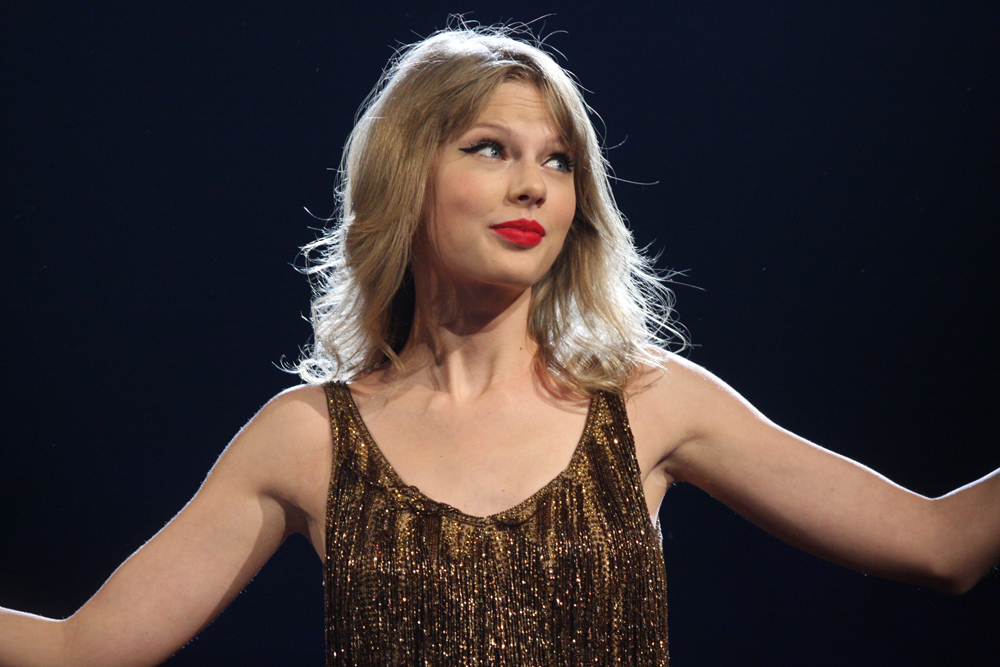Who is going to the polls for the US 2024 elections?
For so long, young people have been prescribed as “stand-by citizens” hesitant to engage in politics while watching from the sidelines.
So much has changed.
In the 2024 UK election, only 66% of 18-24 year olds were registered to vote compared with 96% of over 65 year olds. Engagement in the US is almost as unhealthy, with 57% recorded as keen to vote and a further 17% likely to join them.
With this demographic being the most active on new social platforms, however, voter apathy is steadily on the decline.
Both Donald Trump and Kamala Harris, although far from the first leaders to root their campaign in the foundations of social media society, have had to use these tools at their disposal more than in any previous campaign. TikTok is awash with opinion reels and campaign reactions, as it has been for months.
Harris’s successes amongst younger voters has been largely incidental. Endorsement from “Childless Cat Lady” Taylor Swift caused Swifties to flock in their thousands to support Harris. A fandom mail campaign, Swifties4Kamala, has subsequently emerged.

The current Vice President even found fame in the heat of “Brat Girl Summer”, when Charli XCX claimed “Kamala IS brat”.
Trump’s impact has been entirely different, with more invasive, direct content on X and his own social media site Truth Social. His use of capitalisation and antagonism of rivals has struck a chord with Republicans who suggest Trump is the more dominant leader capable of leading the increasingly volatile world stage.
Even objectors to Trump’s policies – particularly internationally – will be reminded of headline worthy rhetoric which has stuck to the public consciousness like gum to a school desk.
Much of this output has been meme worthy too – peaking with The Simpsons’s Chief Wiggum declaring: “They’re eating the dogs in Springfield!” – but positions Trump as having equal tact in getting the word out about what he sets out to achieve.
Everybody knows Trump from his two previous elections, but this campaign has been about consolidating what Trump can be as an alternative to problems from the previous administration, which the candidate continually reinforces.
Where once younger voters would tune into TV broadcasts and attend campaign rallies, the popular decision now is to instead turn to socials.
Both candidates have even been busy featuring on, very different, podcasts. Harris starred on Drink Champs and Call Her Daddy, positioning herself as the more relatable and human candidate for modern America. Trump, meanwhile, guested on Joe Rogan’s latest 60-day-long episode.
The younger vote share is expected to fall behind Harris, denoting a leader that understands how to use pop culture and popular policy to her advantage. Trump instead tailors his campaign to voters infuriated by perceived shortcomings of the Biden administration, from the inability to reach a ceasefire in Gaza to rising inflation rates.
Trump’s policies are geared, particularly in rural and urban states like Texas and New Mexico, towards union workers supposedly being disadvantaged by a system which allegedly favours the college educated electorate.
Harris seems hopeful that the Democrats can again secure wins across the blue wall states, as the party has every election year since 1992. These areas are typically college states with large shares of voters boasting degree-level education, namely Washington, Minnesota and Pennsylvania.
The swing states are undoubtedly vital. Arizona is a hotspot for issues which greatly concern more liberal younger voters, with heated debates on immigration and abortion policy. The most conservative voters are bound to stick by Trump’s pro-life and refugee ban ideals. Change comes from younger voters, as proven by Biden’s narrow Arizona win in 2020, keen to vote on dilemmas central to human rights debates.
North Carolina was perceived by Trump as “a very, very big state to win”. Here, business leaders have been particularly hard hit by economic stagnation across the past four years, which Biden blamed on turbulent international crises and the impact COVID has had on the ever-rising cost of living.
More matters than which states vote which party, with the younger voters bound to be the ones to swing. For many young voters, this will be their first election. These new voters will be a deciding factor in the results this week.
Main image courtesy of Garry Knight.
